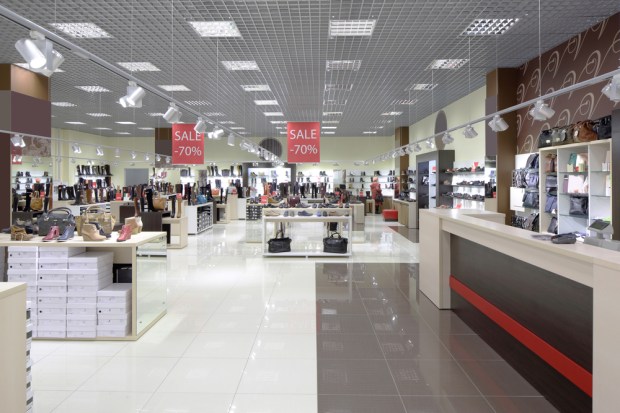Is There An Empty Retail Store Crisis?

It turns out that 2016 wasn’t just the year when consumers left brick-and-mortar stores behind. Layoffs in the retail sector have soared high this year.
Just how high are we talking? The number of layoffs has already well surpassed April’s projection of 37,000 retail positions cut by year’s end. The retail sector lost over 43,600 jobs as of mid-August alone, a number already towering over the 30,273 retail jobs shed back in 2010 and previous estimates.
Layoffs don’t happen in a vacuum. The past few years have seen many a major retailer struggle with bankruptcy, falling sales rates and store closures — Gap, Macy’s and even retail behemoth Walmart have all seen their fair share of hardship.
Combined with this past summer’s updated overtime regulations, retailers are cutting jobs more than ever to cut down on costs. While retail as a whole isn’t dying, large parts are undoubtedly ailing. And even Black Friday wasn’t a big help to physical retail — when counting foot traffic alone, 2016’s Black Friday saw fewer shoppers than last year.
But as jobs are being slashed as broad cost-cutting measures, the money saved isn’t necessarily going back into innovating retail and customer service solutions. Though layoffs seem to be the norm for 2016, the retail sector as a whole added an estimated 200,000 jobs this year. But those new jobs were not necessarily meant as replacement positions or even distributed equally amongst all retail players.
In truth, some believe that all of these layoffs in 2016 could give a whole new meaning to “unattended retail.” As in, there’s no one in the store attending retail.
While it may not be as dramatic as a retail zombie apocalypse à la Forbes and consumers may not necessarily notice during the holiday shopping season with its characteristic uptick in temporary retail employees, the aisles of local retailers could soon feel a bit … empty.
If retailers aren’t satisfied with constantly closing down physical stores, it would behoove them to investigate and invest some of the cash saved from layoffs in unattended retail solutions to counteract the loss of employees. The solutions don’t even have to be as complex or sophisticated as Pepper or Snapchat’s Snapbots.
A well-placed touchscreen kiosk, a few additional self-checkout stations or a bit of merging between a commerce app and the in-store experience could suffice. At least it could help keep physical stores from feeling wholly abandoned, and at best it could merge the success of online commerce with the benefits of physical shopping.
It’s not like there’s no push to integrate digital and AI customer service technology into brick-and-mortar locations. To name a few instances, Lowes continues to experiment with Lowebot, robots have been moving into food service (though a bit more slowly stateside than elsewhere in the world), Walmart is working with high-tech shopping carts and YOTEL has been working non-stop to innovate unattended hotel technology.
There’s a great deal of precedent for success. If retailers want to keep brick-and-mortar alive, technological integration is key. Let’s just hope they catch on before customers find themselves alone and lost in the checkout line.
For more of the latest in unattended retail news, trends, and data, be sure to check out the PYMNTS Unattended Retail Tracker, powered by USA Technologies.